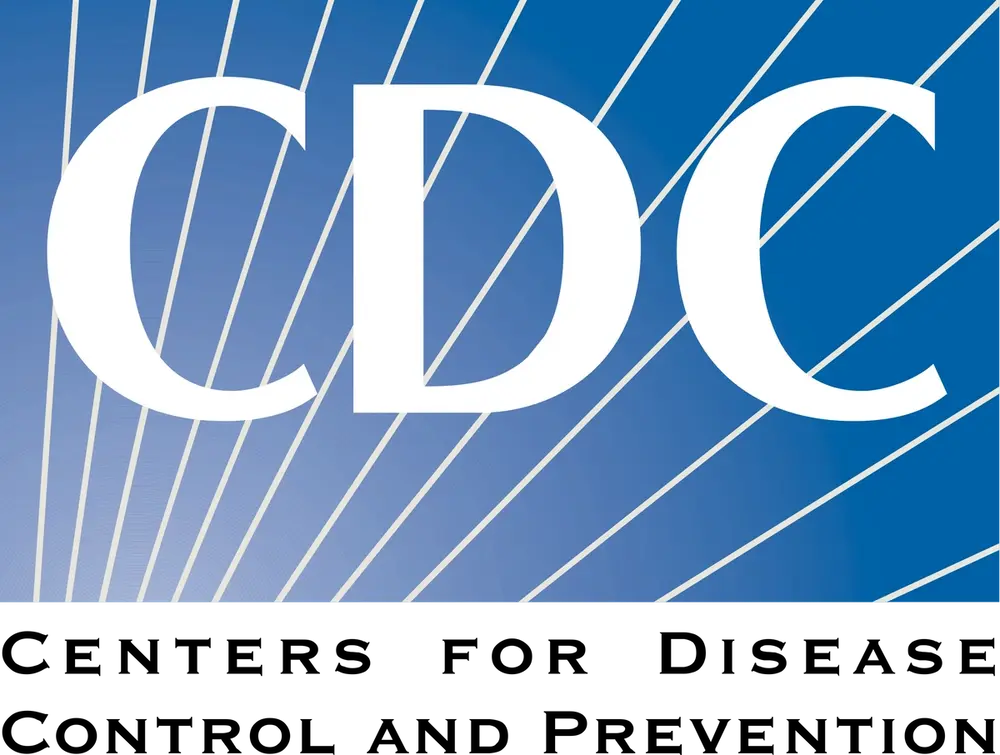CDC Considers Reintroducing Oral Form of Vaccine For Polio Outbreak in New York
Polio outbreak has CDC Advisory Committee on Immunization Practices considering a novel oral vaccine 20 years after shelving its predecessor.

A novel form of the oral, live virus polio vaccine is being considered by the CDC for an outbreak and ongoing detection of the virus in New York, following a presentation by the Polio Vaccine Work Group at the October meeting of the CDC's Advisory Committee on Immunization Practices (ACIP).
Although vaccination rates have increased in the affected region, Kathleen Dooling, MD, MPH explained to the committee that the injectable, inactivated virus polio vaccine (IPV)—the sole form used in the country since 2000—prevents paralytic infection but not viral transmission, leaving unimmunized populations at heightened risk.
Since the case of paralytic polio in Rockland County in June in an unimmunized, immunocompetent young adult, genetically linked poliovirus has been detected in wastewater monitoring in the greater New York City area, most recently (as of October 11) in Brooklyn and Queens.
Typically, clinical illness without paralysis occurs in approximately 25% of infections, and 75% will be asymptomatic. Dooling emphasized, however, that although paralytic polio occurs in less than 1% of infections, a single case indicates an outbreak.
"A single paralytic case implies hundreds (to) thousands of infections," she indicated.
The oral vaccine is effective in limiting spread of the virus by producing intestinal mucosal immunity, while the injection of inactivated virus may only induce some nasopharyngeal mucosal immunity. The live, attenuated virus of the oral vaccine has, however, posed the risk of mutation into virulent form after shedding.
Dooling noted that the newer, novel oral polio vaccine (nOPV2) is more genetically stable, and less likely to be associated with such mutation and infection risk than the earlier formulation. It was approved for use inthe World Health Organization Emergency Use Listing (EUL) in November, 2020.
"Review of safety data on the first 65 million doses of nOPV2 used for outbreak response by the independent Global Advisory Committee on Vaccine Safety (GACVS) concluded that there were no obvious red flags or safety concerns," Dooling indicated.
In addition to the possible use of nOPV2 in areas with outbreaks or persistent circulation of poliovirus, Dooling and the Polio Vaccine Work Group presented the following policy questions for the CDC to consider:
- Whether more specific guidance on adult vaccination, including use of adult booster doses, can be provided in the context of circulating poliovirus
- Whether adults who are immunocompromised should be recommended an additional adult booster of a polio-containing vaccine.
- Whether fractional doses of IPV (fIPV), as prequalified by WHO, should meet polio vaccination requirements, including for people immigrating to the United States
In an interview with Spencer Kimball at CNBC following the committee meeting, Janell Routh, MD, MHS, CDC Medical Officer and Lead, Acute Flaccid Myelitis and Domestic Poliovirus Team, indicated that the decision to employ the oral vaccine will not be made without further deliberation.
"It will be a process. It's not something that we can pull the trigger on and have it appear overnight," she told Kimball. "There will be lots of thought and discussion about the reintroduction of an oral polio vaccine into the United States."
